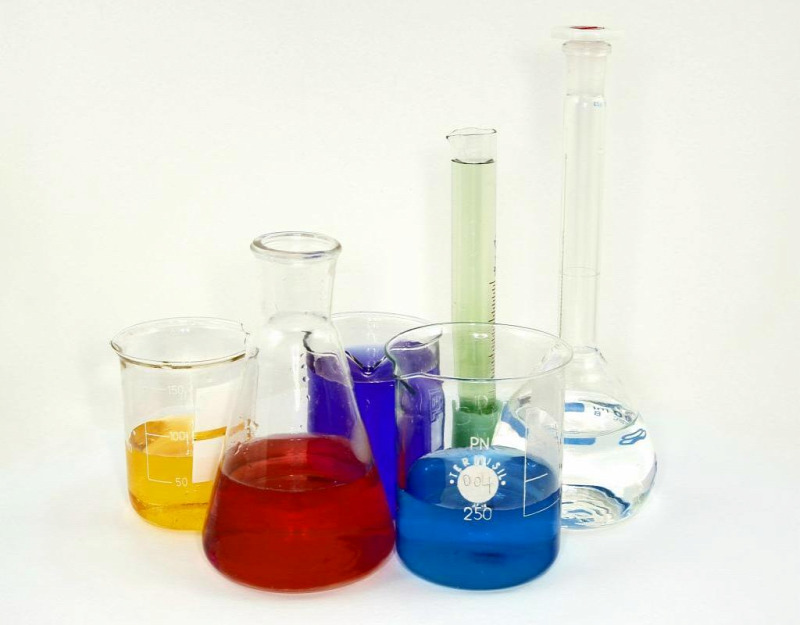How to produce laboratory glassware?
Laboratory glassware is an indispensable component of scientific research and experimentation. From beakers and test tubes to complex distillation apparatus, these precision instruments play a pivotal role in conducting accurate experiments and analyses. Producing high-quality laboratory glassware requires meticulous craftsmanship, precision, and adherence to stringent standards. In this comprehensive guide, we will explore the intricate process of manufacturing laboratory glassware, from raw materials to the finished products.

Raw Materials
The first step in producing laboratory glassware is selecting the appropriate raw materials. Borosilicate glass is the most commonly used material due to its exceptional thermal and chemical resistance properties. This type of glass can withstand high temperatures and is highly resistant to chemical corrosion, making it ideal for laboratory use.
Other raw materials that may be used in specialized applications include quartz glass for its exceptional transparency and resistance to high temperatures and certain chemicals, and soda-lime glass, which is more economical but less resistant to temperature fluctuations and chemical exposure.
Glass Melting
Once the raw materials are selected, they are carefully measured and mixed in precise proportions. The mixture is then heated in a furnace at temperatures exceeding 1700 degrees Celsius (3100 degrees Fahrenheit) to melt the glass. This molten glass is then shaped into the desired laboratory glassware items through various methods.
Shaping and Forming
Blowing
Blowing is one of the most traditional and widely used techniques for shaping laboratory glassware. It involves skilled glassblowers using a blowpipe to form the molten glass into the desired shape. This process allows for the creation of various glassware items such as beakers, test tubes, and flasks.
Pressing
In pressing, molten glass is forced into molds to create specific shapes. This method is commonly used for producing more standardized items such as petri dishes and microscope slides, which require a high degree of uniformity.
Tubing
For laboratory glassware that requires long cylindrical shapes, such as pipettes and condensers, glass tubing is used. The tubing is heated until it becomes malleable, and then it is stretched and shaped using specialized tools.
Annealing
After the glassware is shaped, it undergoes a critical process called annealing. Annealing involves slowly cooling the glassware in a controlled manner to relieve internal stresses and ensure uniform thickness. This step is crucial for preventing the glassware from cracking or shattering during use due to residual stress.
Cutting and Finishing
Once the glassware is annealed, it goes through a process of cutting and finishing. Any excess glass or irregularities are removed, and the edges are smoothed to prevent sharp edges. Laboratory glassware often has precise measurements, and this step ensures accuracy.
Quality Control
Quality control is a critical aspect of laboratory glassware production. Each piece must meet specific standards and undergo rigorous inspection for defects. This includes checking for imperfections, ensuring accurate measurements, and inspecting for any visible flaws or irregularities in the glass.
Calibration and Marking
Many laboratory glassware items require precise volume measurements. Calibration involves marking the glassware with accurate volume indicators, such as graduation lines, to ensure accurate measurements during experiments. The calibration process is meticulous and must adhere to strict standards to guarantee precision.
Specialized Glassware
Some laboratory glassware items are highly specialized and require additional manufacturing steps. For example:
Distillation Apparatus
Distillation apparatus, such as distillation flasks and condensers, involve complex glassware setups used for separating and purifying substances. These require careful assembly and sealing to ensure airtight connections.
Glass Pipettes
Glass pipettes are fine, narrow tubes used for precise liquid measurements. They are fabricated with a bulb at one end and a narrow tip at the other. Producing glass pipettes demands exceptional precision in shaping and calibration.
Burettes
Burettes are graduated glass tubes with a stopcock at the bottom, allowing for precise measurement and control of liquid flow. Their production requires accurate calibration and careful attachment of the stopcock.
Conclusion
Laboratory glassware is the backbone of scientific research and experimentation, enabling scientists to conduct precise and accurate analyses. Producing high-quality laboratory glassware is a complex process that demands precision, craftsmanship, and adherence to stringent standards. From the selection of raw materials to the final calibration and inspection, every step is critical in ensuring the reliability and accuracy of these essential scientific tools. Whether it's a simple beaker or a complex distillation apparatus, laboratory glassware plays an irreplaceable role in advancing our understanding of the natural world.



